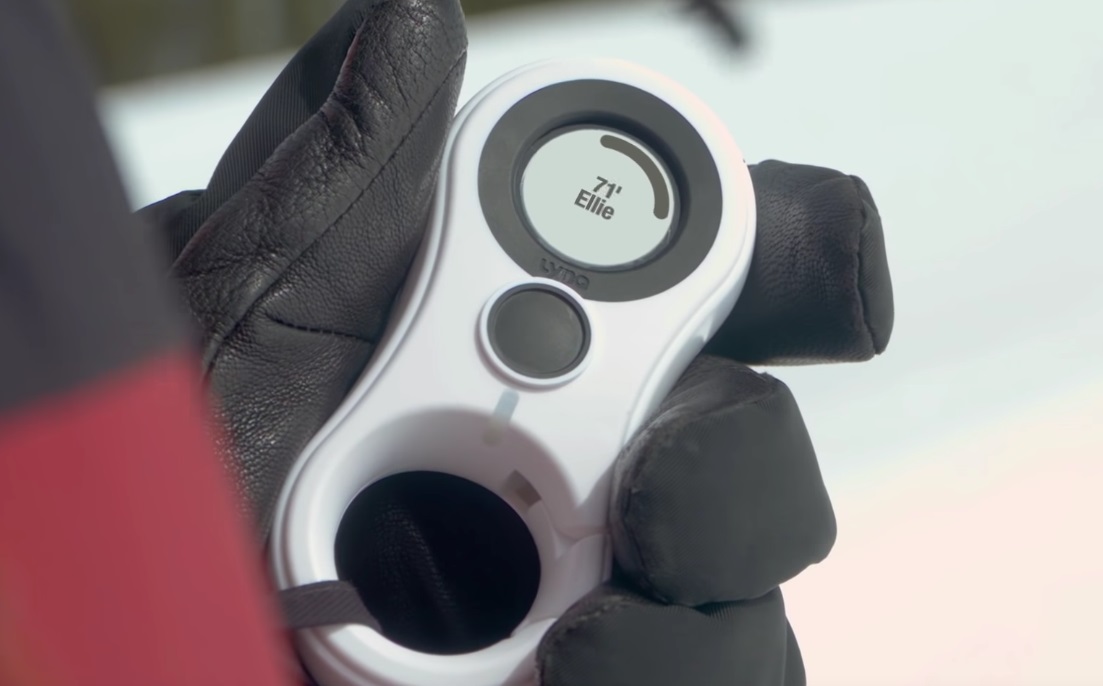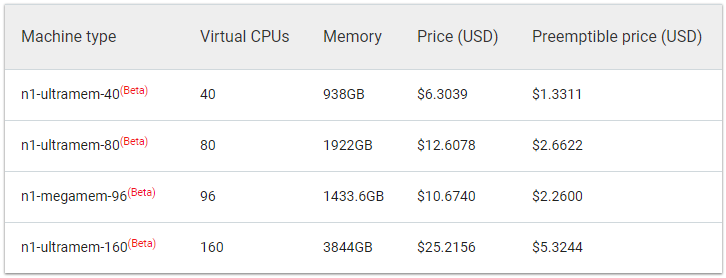Sarah Guo didn’t necessarily set out to become a venture capitalist. She certainly didn’t imagine she would become one of the first general partners at one of the oldest venture firms in the country. Yet Guo is both of these things today. Indeed, the venture firm Greylock Partners, which Guo joined five years ago as a principal, is announcing her promotion this morning.
Greylock, which closed its current, 15th, fund with $1 billion in October 2016, now has 12 general partners altogether.
For Guo, the appointment caps a lifetime spent in the world of startups. Before joining Greylock, she worked as an analyst at Goldman Sachs, where she led much of the bank’s coverage of business-to-business tech companies and advised public clients, including Twitter, Netflix, Zynga, and Nvidia.
A graduate (for both her undergraduate degree and MBA) of the University of Pennsylvania, Guo also worked previously at Casa Systems, a 15-year-old tech company that develops a software-centric networking platform for cable and mobile service providers and that — in a twist that we think is pretty neat — was founded by her parents. (Her father, CEO Jerry Guo, took the company public earlier this year.)
In a conversation earlier this week, Guo said that growing up around entrepreneurship gave her an “understanding of how difficult” starting a company truly is. It also occurred to her early on that “something related to company building was what I wanted to do in the future.”
Guo also said that not much will change with her promotion. Broadly speaking, she focuses on B2B applications and infrastructure, cybersecurity, AI, AR, and healthcare. She already sits on the boards of several companies, including the security startup Obsidian, which was founded by ex-Cylance and Carbon Black execs last year and quickly raised $9.5 million led by Greylock.
She said she does hope to mentor more up-and-coming investors like herself, however.
Guo first became acquainted with Greylock through Aneel Bhusri, a partner at Greylock and the cofounder and CEO of the software giant Workday. The two talked occasionally when Guo was covering internet and software startups at Goldman, and he’d encouraged her to meet some of his venture partners, she said. “I came in, not necessarily ready to venture forever. But I’m now very excited about it obviously,” she added with a laugh.
Guo’s other deals to date include Aware Networks, a 15-year-old, Buffalo Grove, Il.-based company that develops collaboration applications for mobile communities, and a still-unannounced company.
We didn’t talk about the fact that Guo just became one of Greylock’s first female general partners, but it’s very much worth mentioning, considering the firm was founded in 1965.
Greylock had lost another senior female investor — Sarah Tavel — to Benchmark last year. Tavel was the first female general partner with Greylock; she went on to become Benchmark’s first female GP.
Altogether, women still represent just 15 percent of decision makers at Silicon Valley’s major venture capital firms. Their ranks are growing slowly however.
Meanwhile, many other investors are choosing to launch their own female-founded venture firms. Among the newest of these is Breakout Ventures and a fund we reported on last night that’s being created by life sciences investor Beth Seidenberg, long of Kleiner Perkins.
Correction: This story briefly mischaracterized Guo as Greylock’s first female GP. Based on the nomenclature used by Greylock, we were under the impression that Tavel was a partner but not a general partner — a seemingly small but important distinction within venture firms. Tavel had been hired at the GP level at Greylock, we’re told.



 Since the devices send their GPS coordinates directly to each other, the team created a special compression algorithm just for that data — because if you want fine GPS, that’s actually quite a few digits that need to be sent along. But after compression it’s just a couple bytes, making it possible to send it more frequently and reliably than if you’d just blasted out the original data.
Since the devices send their GPS coordinates directly to each other, the team created a special compression algorithm just for that data — because if you want fine GPS, that’s actually quite a few digits that need to be sent along. But after compression it’s just a couple bytes, making it possible to send it more frequently and reliably than if you’d just blasted out the original data.